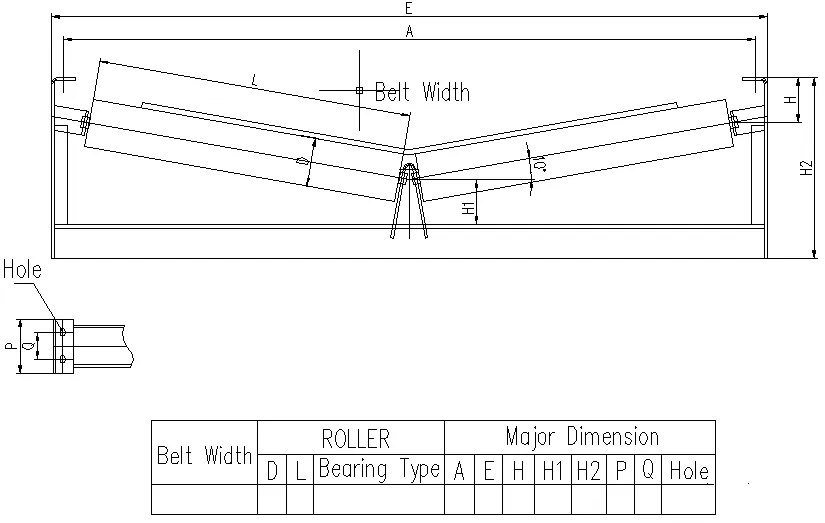 Afrikaans
Afrikaans  Albanian
Albanian  Amharic
Amharic  Arabic
Arabic  Armenian
Armenian  Azerbaijani
Azerbaijani  Basque
Basque  Belarusian
Belarusian  Bengali
Bengali  Bosnian
Bosnian  Bulgarian
Bulgarian  Catalan
Catalan  Cebuano
Cebuano  Corsican
Corsican  Croatian
Croatian  Czech
Czech  Danish
Danish  Dutch
Dutch  English
English  Esperanto
Esperanto  Estonian
Estonian  Finnish
Finnish  French
French  Frisian
Frisian  Galician
Galician  Georgian
Georgian  German
German  Greek
Greek  Gujarati
Gujarati  Haitian Creole
Haitian Creole  hausa
hausa  hawaiian
hawaiian  Hebrew
Hebrew  Hindi
Hindi  Miao
Miao  Hungarian
Hungarian  Icelandic
Icelandic  igbo
igbo  Indonesian
Indonesian  irish
irish  Italian
Italian  Japanese
Japanese  Javanese
Javanese  Kannada
Kannada  kazakh
kazakh  Khmer
Khmer  Rwandese
Rwandese  Korean
Korean  Kurdish
Kurdish  Kyrgyz
Kyrgyz  Lao
Lao  Latin
Latin  Latvian
Latvian  Lithuanian
Lithuanian  Luxembourgish
Luxembourgish  Macedonian
Macedonian  Malgashi
Malgashi  Malay
Malay  Malayalam
Malayalam  Maltese
Maltese  Maori
Maori  Marathi
Marathi  Mongolian
Mongolian  Myanmar
Myanmar  Nepali
Nepali  Norwegian
Norwegian  Norwegian
Norwegian  Occitan
Occitan  Pashto
Pashto  Persian
Persian  Polish
Polish  Portuguese
Portuguese  Punjabi
Punjabi  Romanian
Romanian  Russian
Russian  Samoan
Samoan  Scottish Gaelic
Scottish Gaelic  Serbian
Serbian  Sesotho
Sesotho  Shona
Shona  Sindhi
Sindhi  Sinhala
Sinhala  Slovak
Slovak  Slovenian
Slovenian  Somali
Somali  Spanish
Spanish  Sundanese
Sundanese  Swahili
Swahili  Swedish
Swedish  Tagalog
Tagalog  Tajik
Tajik  Tamil
Tamil  Tatar
Tatar  Telugu
Telugu  Thai
Thai  Turkish
Turkish  Turkmen
Turkmen  Ukrainian
Ukrainian  Urdu
Urdu  Uighur
Uighur  Uzbek
Uzbek  Vietnamese
Vietnamese  Welsh
Welsh  Bantu
Bantu  Yiddish
Yiddish  Yoruba
Yoruba  Zulu
Zulu conveyor take up pulley
Understanding the Conveyor Take-Up Pulley An Essential Component in Material Handling Systems
In the realm of material handling and conveyor systems, the conveyor take-up pulley plays a critical role in ensuring efficient and effective operation. Often overlooked, this vital component directly impacts the performance, longevity, and overall reliability of conveyor systems used in various industries, including mining, manufacturing, and logistics.
What is a Take-Up Pulley?
A conveyor take-up pulley is designed to maintain tension in the conveyor belt. It serves as a point where the belt can be adjusted to account for elongation, wear, and other factors that can affect the system's performance over time. The take-up system may be an adjustable pulley, which can be either stationary or movable, depending on the design of the conveyor system.
Importance of Tension Control
The primary function of the take-up pulley is to keep the conveyor belt taut
. Proper tensioning is crucial for several reasons1. Prevent Slippage If the belt is too loose, it can slip over the drive pulley, resulting in inefficient material transport and potential system failures. Slippage often leads to increased wear and tear on both the belt and pulleys, which raises maintenance costs and downtime.
2. Minimize Wear An adequately tensioned belt ensures even distribution of loads across its width, reducing uneven wear and prolonging its lifespan. This is particularly vital in heavy-duty applications where the belt bears significant loads.
3. Smooth Operation Consistent tension helps in achieving smooth operation, minimizing vibrations and potential misalignment of the conveyor system. This contributes to maintaining product integrity and enhances overall system reliability.
conveyor take up pulley

Types of Take-Up Systems
There are various types of take-up systems implemented in conveyor design, including
- Manual Take-Up This type requires periodic manual adjustments to optimize belt tension, often involving the use of tensioning screws or levers. While it may be simple and cost-effective, it requires regular monitoring and maintenance.
- Automatic Take-Up More advanced systems use tension sensors and actuators to automatically adjust the pulley position based on real-time data regarding belt tension. This approach offers enhanced precision and reduces the need for manual intervention.
- Gravity Take-Up A gravity take-up system employs the weight of a counterweight to maintain tension in the belt. This type is commonly used in longer conveyors where installation of automatic systems may be impractical.
Installation and Maintenance
The effectiveness of a take-up pulley depends significantly on proper installation and regular maintenance. Following manufacturer's guidelines during installation is crucial to ensure that the pulley operates as intended. Regular inspections should also be conducted to monitor belt condition, alignment, and tension levels. Any signs of wear, misalignment, or abnormal operation should be promptly addressed to prevent potential breakdowns.
Conclusion
In conclusion, the conveyor take-up pulley is an indispensable element in the design and functionality of conveyor systems. Its role in tension management not only prevents slippage and excessive wear but also promotes smoother and more reliable operations. Organizations must prioritize proper installation and routine maintenance of take-up systems to enhance the efficiency and longevity of their conveyor operations. By acknowledging the significance of these components, industries can mitigate downtime, reduce operational costs, and ensure a more streamlined and productive workflow. Whether in a bustling warehouse or a heavy-duty mining operation, the humble take-up pulley is indeed a heavyweight champion of the conveyor world.
-
Revolutionizing Conveyor Reliability with Advanced Rubber Lagging PulleysNewsJul.22,2025
-
Powering Precision and Durability with Expert Manufacturers of Conveyor ComponentsNewsJul.22,2025
-
Optimizing Conveyor Systems with Advanced Conveyor AccessoriesNewsJul.22,2025
-
Maximize Conveyor Efficiency with Quality Conveyor Idler PulleysNewsJul.22,2025
-
Future-Proof Your Conveyor System with High-Performance Polyurethane RollerNewsJul.22,2025
-
Driving Efficiency Forward with Quality Idlers and RollersNewsJul.22,2025





























